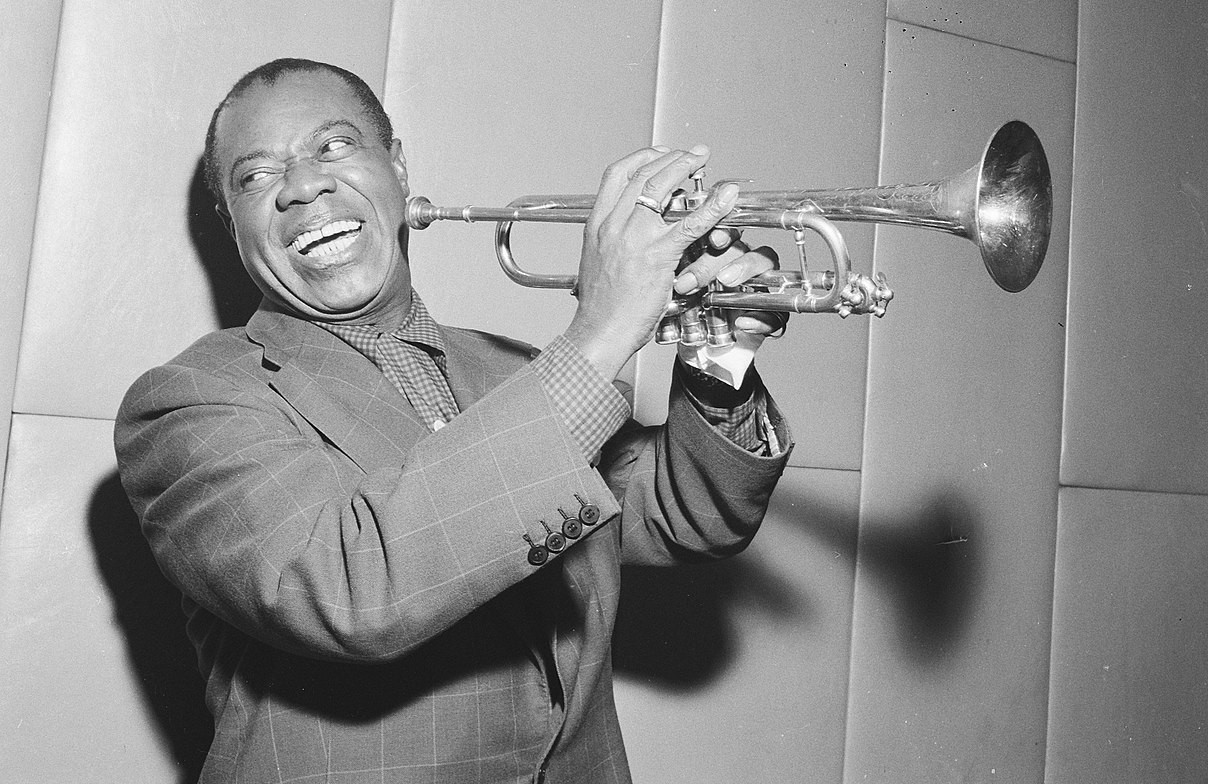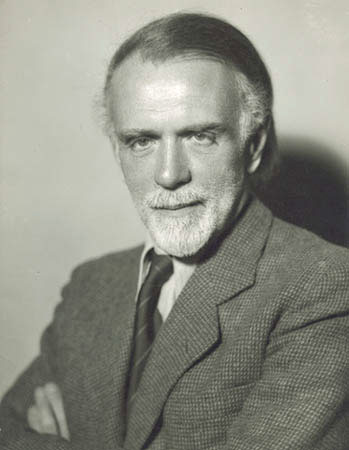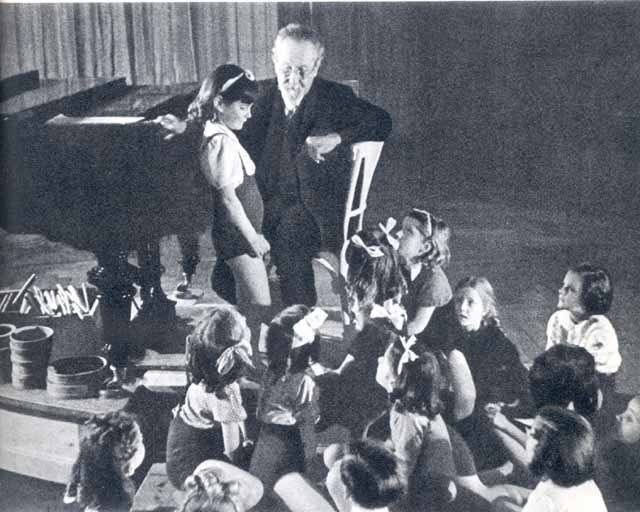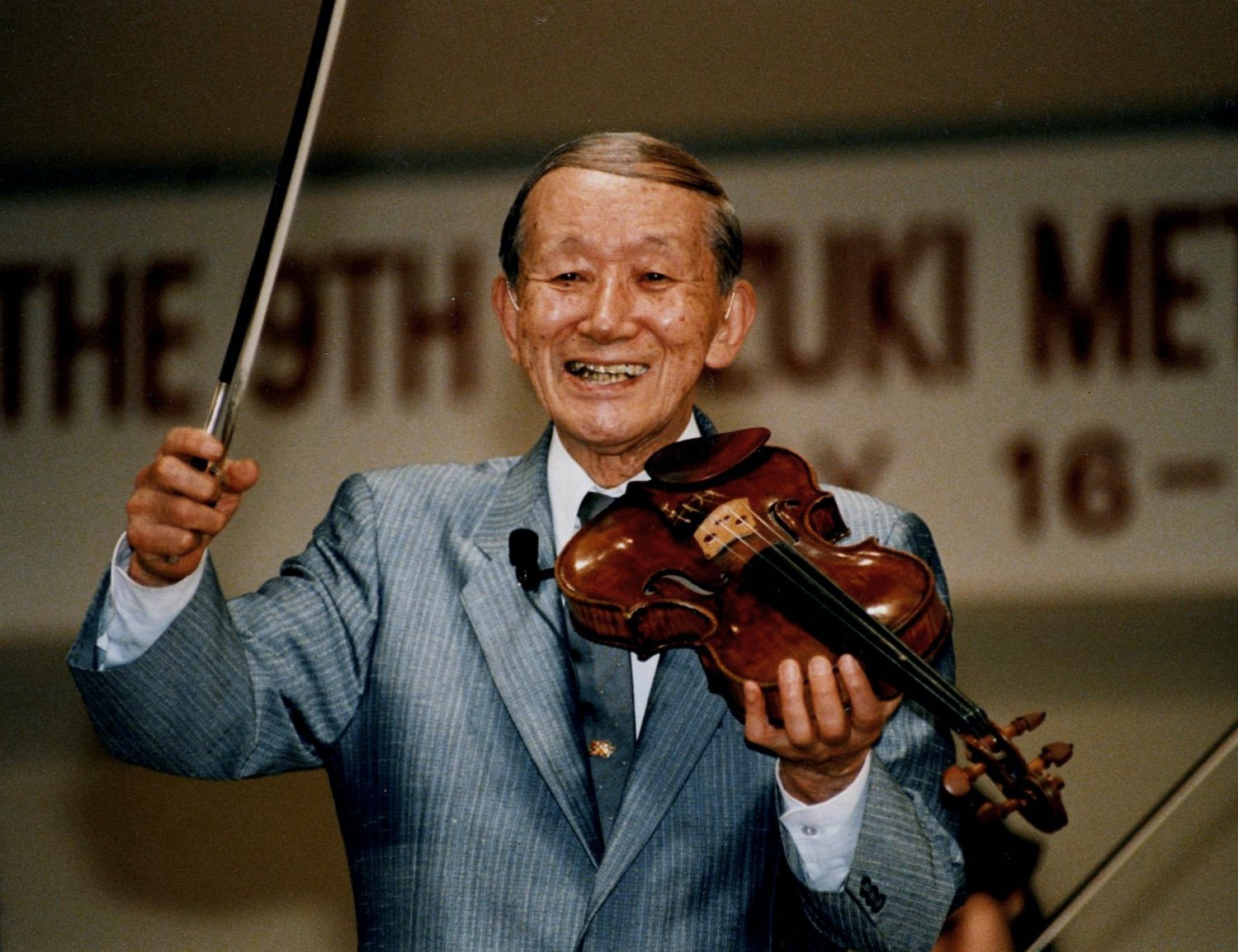Music Education Goals: Performance or Mastery?

The music classroom, in which the subject is being taught through the locus of performance, is a unique learning space. In such an environment, the students’ view of how much control they have over the outcome of their learning depends to a large extent on how they prioritise motivational factors. Ground-breaking research in examining motivation through the key elements of success and failure, control over achievement, and attributional beliefs, has revealed some interesting perceptions amongst music students and provided valuable insights for music teachers. By Priya Chaturvedi – Academic Consultant, Trinity College London-India
Attribution Theory, seeks to explain what it is that students attribute responsibility to when it comes to achieving a goal or failing to do so. Bernard Weiner, the American psychologist, who has done seminal research into Attribution Theory, focused on achievement, and identified some key factors that are associated with perceived reasons for achievement: ability, effort, task difficulty, and sheer luck. In music performance, all these elements contribute to success, and, more importantly, in how the musician views them. The three dimensions of perception of these factors are area of control (internal and external), stability (do those factors change over time for various reasons?) and controllability (causes that are within the music student’s capacity to take charge of, such as practice, or out of their control, such as aptitude). Clearly, these factors are closely linked with motivation.
Weiner’s research into motivation theory has yielded some significant results. One of the factors to which students attribute responsibility is ability, which is internal, unchanging, and therefore seen as being out of the individual’s control. Music has traditionally been associated with prodigious talent and, consequently, society places a high premium on the rather vague concept of ‘talent’ (a word often prefaced with ‘God-given’). Succeeding in music performance is therefore often attributed to factors that have nothing to do with motivation, strategy and effort. For many young performers (who carry that belief into later life) this is one area that has a notable impact on motivation, and what is not taken into account is that musical ability is actually a conglomerate of several ‘abilities’. If talent is an internal and uncontrollable aspect of ability, then it can be fed only through internal and controllable abilities like the ability to employ focused effort, daily practice which yields the desired result, developing through listening and theoretical study, an artistic imagination, creative will, and so on. Musical ability, therefore, is not a unidimensional factor in determining success as a performer. Effort, task difficulty (and following on it, strategy): all unstable, internal and controllable elements in music, while recognized as key to success, are often mistakenly separated from ability.

Perhaps the most often-quoted words about the part practice plays in performance success, attributed to the jazz great, Louis Armstrong, sums up this aspect rather neatly:
“If I don’t practice for one day, I know it; two days, the critics know it; three days, the audience knows it.”

Musical talent is a plant that needs constant and varied nourishment. Yet, as I have mentioned earlier in this article, it is the one (and only) quality that is rated as indispensable to musical success, and, by implication, the one quality without which no one should aspire to performance. Such an attitude, at the learning stage, fosters a climate of exclusiveness, rather than the necessary one of inclusiveness. Music education offers a multitude of paths, but it is not within the purview of this article to take a look at systems and pedagogies outside the genre of what is generally called ‘Western Art music’. In this genre, there are some widely accepted methods for beginners, which can be taught in a group setting, and all of these illuminate a common goal in gaining a musical education, namely, acquiring skill and the tools to be creative, rather than preparation for performance. An overview of some of these would be relevant at this point.

Let us begin with the composer Carl Orff’s method of education in music, developed in the 1920s-30s, which applies all the elements of music, i.e., melody, rhythm, harmony, texture and form, to speaking, singing, playing instruments and even acting, to understand concepts. Play is stressed as the launching pad for creativity and improvisation. The 19th century Hungarian composer, Zoltán Kodály’s method relies significantly on learning the music of a mother tongue through folk songs. A sequential learning process to basic musical concepts like grasping a musical pulse or beat, singing and recognizing the notes of a scale and understanding melodic sequences, the Kodály method incorporates visuals (like hand signs) to depict pitches, and aims at promoting the ability to compose and improvise. Much like Orff, the Swiss educator, Émil Dalcroze’s well-known method included eurhythmics, the developing of music-related skills through kinetic exercises. Though also emphasizing ear training and sight-reading through the fixed ‘do’ (keynote of a scale) in the solfege (Kodály’s method uses the moveable ‘do’), Dalcroze placed a high premium on spontaneous body movements like stepping and clapping, and aimed at acquisition of concentration, coordination, creativity and conceptual understanding as being the bedrock of musicianship. The best-known of all, perhaps, and widely practiced across the world, is the Suzuki method.

Shin’ichi Suzuki, the Japanese pedagogue and violinist, who died at the grand age of a 100 in 1998, believed that significant musical achievement is well within the ability of every child, if properly taught. He advocated the avoidance of aptitude tests to gauge ability in music, believing that skills in music-making came from being saturated from an early age in a musical environment, from playing by ear before reading notation, by playing in groups and encouraging collaboration, discouraging competitive attitudes, and by making performance merely a part of learning rather than a goal, through frequency. It is clear from even such a brief examination of these methods that the purpose of music education was the development of skills that are innate in every child, and stressing the harnessing of what comes naturally to a child (clapping in rhythm, dancing to a pulse, singing familiar melodies) to go on to attain breadth and depth in interpreting and creating music.

The cognitive psychologist K. Anders Ericsson has proposed that such breadth and depth is typically acquired through ten years of “deliberate practice”, which has its essential components: incorporating feedback into practice, working through targeted exercises and having the support of a knowledgeable mentor (teacher). Such domain-specific expertise, therefore, is based on the pursuit of excellence through the development of understanding, appreciation, and skill, and not on the short-term goal of working towards performance, particularly rated performance. What characterizes then, this goal, so frequently encountered amongst young musicians, of performance? Predominantly, it is the need to get positive assessment, or, put simply, praise, applause, awards. What differing trajectories do learning goals and performance goals take? “Goals are perceived to be the central determinants of achievement patterns” (E.S. Elliott and C.S. Dweck, 1988).
Performance goals or motivation are inevitably tied to a concern with the perception of others. This concern, when it becomes over-riding, can also lead to the related goal of performance avoidance. There is the performer who works to receive accolades, and the performer who is driven by the fear of negative/unfavourable recognition. In both cases, the goal is performance-oriented, where self-esteem is determined by achievement (or non-achievement) in a specific setting. Certainly, performance-orientation can result in higher grades: for example, in the graded music examinations conducted by international examinations boards such as Trinity College London or the Associated Board of the Royal Schools of Music (ABRSM), there are many instances of students who have scored very highly in the foundation and intermediate grades, but who have, due to an exclusive focus on the examination requirements, been unable to sustain an interest in music, or even been able to play by ear, be creative through composition, play in an ensemble, or practice their art outside the examination setting. While these Boards do emphasise that the examination set works do not constitute a music curriculum, but only a graded way of understanding music and progressing in technique, too many students, and more disturbingly, teachers of music, concentrate only on performance-orientation.
This mind-set is sometimes hard to change, even for music educators who try and inculcate mastery-orientation in their students. I myself have had a student who achieved 100% in an Intermediate grade piano examination, and was unable to go on to the next grade. In this case, the rare achievement (if one can call it that, in view of the long-term perspective) was due to the fact that music was taken as an academic subject at the national Boards level—the student was diligent, to the point of being driven, but refused to engage with performance and understanding beyond the set pieces and technical exercises prescribed for the grade. The marks having been achieved, performing music was “too difficult” to “be worthwhile”. Mastery-oriented musicians typically engage with their art in a much more complex manner. Ideally, mastering the work at hand is achieved through reliance on effort rather than on external awards, and any achievement is viewed as only part of an ongoing process. While it is unrealistic for music educators to completely avoid the competitive element of external awards, high marks, social approval and so on, they can certainly inculcate the desire for mastery as a goal over performance, through exploring the wide world of the art, and creating an awareness of the ongoing process that such mastery involves.
Motivation, in music, as in other learning areas, is thus of two types—intrinsic and extrinsic. Those who have contributed to valuable findings in the field of motivation theory (E.L. Deci & R.M. Ryan: ‘Intrinsic motivation and self-determination in human behavior’; M.Csikzentmihalyi & J. Nakamura: ‘The dynamics of intrinsic motivation: A study of adolescents’) place the inspiration for any activity, such as playing a musical composition, as sheer interest (which can naturally become a dedicated passion), which is intrinsically motivated; or extrinsic motivation, which is reward-oriented. Clearly, extrinsically motivated music students often, consciously or otherwise, set aside the stirrings of interest and enjoyment in the art as being irrelevant to the goal, i.e., the reward. Intrinsically motivated musicians have as their driving force the need to be able to control their area of study through being competent, address challenges through careful planning, and attain a sense of self-esteem in meeting the demands of the music being studied. Their reaction to ‘failure’ is not one of loss of self-worth, but of recognizing that mastery (the ultimate goal) is achievable at a later date. One of the factors in mastery-orientation is that it helps young musicians deal with what we can broadly call their ‘ego’. The music educator’s role is a crucial one in this area, being one of ensuring that tasks undertaken must be well within the capabilities of the student, so that intrinsic motivation is not disturbed. Mastery-orientation is only successful when this is followed. Embarking on a study of, say, Beethoven’s Sonata ‘Pathétique’ with an intermediate-level piano student who wishes to explore the composer’s oeuvre, would not be tenable. Keeping a student’s interest alive and encouraging the engagement with these supreme works for the instrument, in this case, could be done by teaching the Sonatas 1 and 2, opus 49, by the same composer, which are recognized as being well within the capabilities of students of that level. Such engagement, when ability is able to cope with a specific goal, results “in a flow of experience for itself rather than for anticipated rewards”. (M.L. Maehr)
The effect of these two types of motivation was the subject of research (by R. L. Bangs, findings published in 1992): students of Class 3 were divided into the two motivational groups plus one which received instruction in neither type, and their musical compositions were evaluated by three independent judges. Not only did the intrinsic motivation group score much better than the other two, results showed that extrinsic motivation had an adverse influence on creativity. However, any conclusions from this should not over-simplify the case. There are definitely overlaps in the two kinds of motivation: music students can be driven by both types; they are interconnected and much depends, for their effective realization, on the educator/mentor. Nevertheless, intrinsic motivation does support mastery-orientation as a goal; it is vital that music educators try and develop the former in their students. The middle and senior school years are when young musicians can be motivated to engage with music in a way that can lead to a lifelong engagement. Any achievement goals should be harnessed firmly to developing aesthetic awareness with a deep sensitivity to heard music, and then transferred into actual performance. Every performance should be only another way of developing mastery, rather than an end in itself. In the field of music education, there has been research on cognitive processes and theories of motivation and their application in conditions where motor skills are needed. These have given us some insights into how students engage with music. This could be the springboard for a greater understanding of why they do so and how they should, to realize the life-enhancing nature of music.





